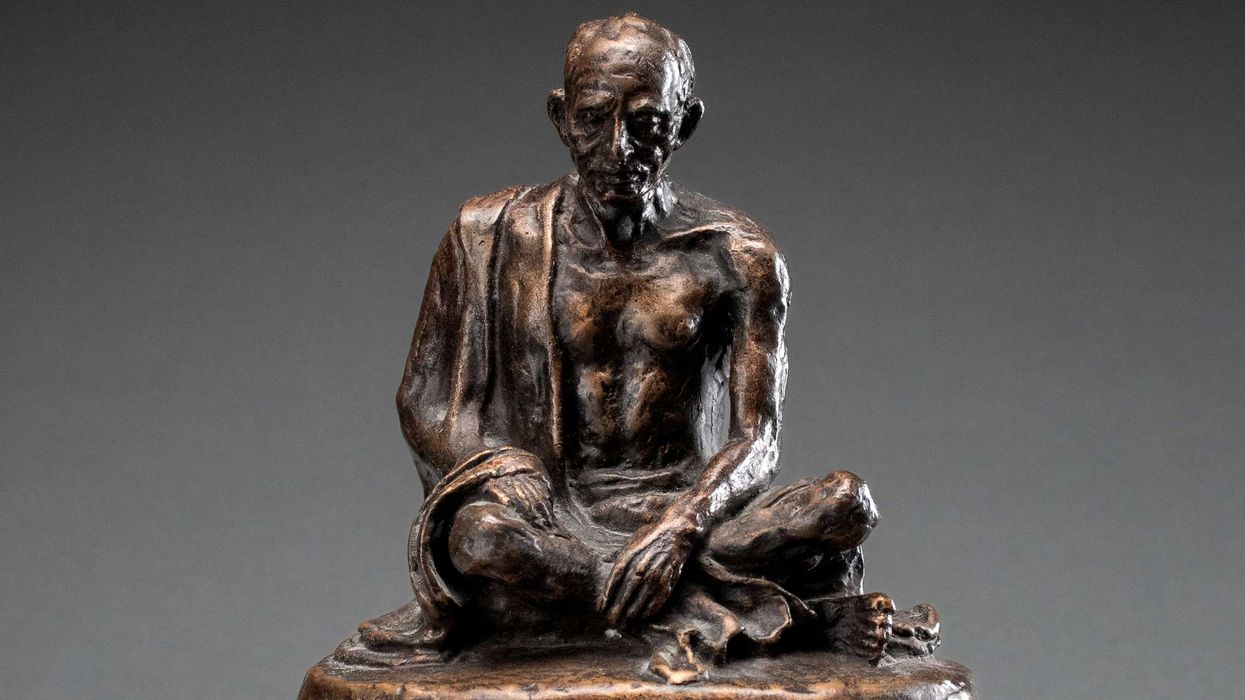Deputy High Court Judge Dexter Dias has ruled that a doctor was driving at an ‘excessive and unreasonable speed,’ despite being under the 30mph limit.
This decision came after a child collided with the doctor's BMW, prompting the judge to issue a warning about the dangers associated with driving at such speeds.
Despite driving her BMW i3 Range Extender at 28 mph, within the 30 mph speed limit, Dr Shanthi Chandran, a hospital doctor, was found to have driven at an unsafe speed during an incident in January 2018.
The collision occurred on a dark and rainy Monday morning as she encountered a 12-year-old girl on a pedestrian crossing in Oxfordshire's Buckingham Road, the Evening Standard reported.
Judge Dias highlighted the hazards of driving at excessive speeds and challenged the misconception that driving slightly below the speed limit is always reasonable and competent.
He stressed that the speed limit serves as an upper limit and should only be adhered to when road conditions allow for it.
Despite being below the speed limit, the judge concluded that Dr Chandran had failed to give sufficient attention to other road users and potential dangers.
Throughout the court proceedings, it became evident that the girl had stepped onto the pedestrian crossing when the traffic light was green for vehicles.
The collision resulted in a severe head injury, leaving the young girl with lasting cognitive and psychiatric problems.
The judge ruled that Dr Chandran had breached her "duty of care" towards the child and held her 60% responsible for the incident.
He assigned 40% liability to the child for crossing the road in an unsafe manner.
In a written ruling, judge Dias said, “While this case is not about a fatality, it shows yet again how dangerous it is to drive at excessive and unreasonable speed.”
In response to the incident, the girl's mother initiated legal action, seeking damages on her daughter's behalf, alleging negligence on Dr Chandran's part.
The judge's ruling published on Wednesday (05) was released following an April High Court hearing in London, and provided a detailed account of his conclusions.
While the judge did not specify the amount of damages, he emphasised the importance of driving at a safe and reasonable speed, particularly in adverse weather conditions.
Dr Chandran denied the accusations of negligence and causation, contending that the incident occurred because the girl stepped onto the road while the traffic light was green for vehicles.
Dr Chandran maintained that she was driving at an appropriate speed given the prevailing conditions, below the speed limit, and placed full blame on the girl.
The judge confirmed that Dr Chandran had not faced any criminal charges related to the incident. However, the focus of the judge's ruling was primarily on establishing liability rather than determining the specific damages to be awarded.













